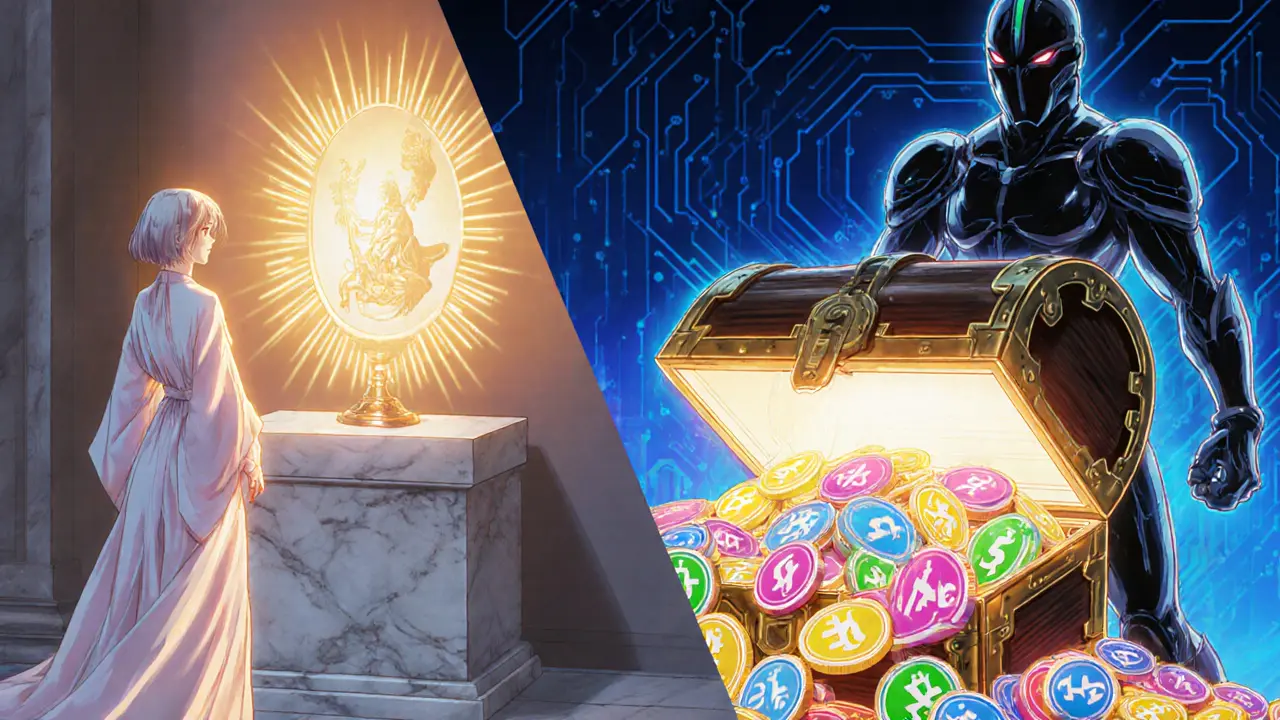ERC-1155 – The Multi‑Token Standard Explained
When working with ERC-1155, a multi‑token standard on Ethereum that lets a single contract handle both fungible and non‑fungible assets. Also known as Multi‑Token Standard, it expands on earlier token types by combining them in one efficient contract.
ERC-1155 ERC-1155 encompasses fungible tokens (like ERC‑20), non‑fungible tokens (like ERC‑721) and semi‑fungible tokens, all under one roof. It requires smart‑contract developers to write functions such as balanceOfBatch and safeTransferFrom that can process multiple token IDs in a single transaction, which cuts gas costs dramatically. Ethereum, the blockchain platform hosting ERC‑1155 contracts provides the execution environment, while NFT, non‑fungible tokens that benefit from batch transfers and shared metadata gain speed and lower fees thanks to the standard. Because ERC‑1155 can treat each token ID as a separate asset, game developers can issue dozens of in‑game items—skins, weapons, consumables—without deploying a new contract for each one. This capability has sparked a wave of blockchain gaming projects that need to move large inventories quickly.
Beyond gaming, ERC-1155 is useful for DeFi platforms that issue collateral tokens and reward points side by side. It also pairs well with ERC-20, the original fungible token standard on Ethereum, letting projects bundle a utility token and a unique badge in the same contract. The standard influences token economics because creators can lock supply, set batch minting rules, and implement royalty logic that works for any token type. As the ecosystem evolves, tools like OpenZeppelin and Hardhat now include templates that make ERC‑1155 deployment almost plug‑and‑play.
What you’ll see next is a curated list of articles that dive deeper into each of these angles. From token‑burn mechanics and slashing penalties to exchange reviews and airdrop guides, the collection shows how ERC‑1155 fits into the broader crypto landscape. Keep scrolling to discover practical examples, risk assessments, and step‑by‑step guides that will help you decide whether the multi‑token standard is right for your next project.
ERC-721 vs ERC-1155: Which NFT Standard Fits Your Project?
A side‑by‑side breakdown of ERC‑721 and ERC‑1155, covering gas, security, implementation, use cases and a quick decision guide for developers.

